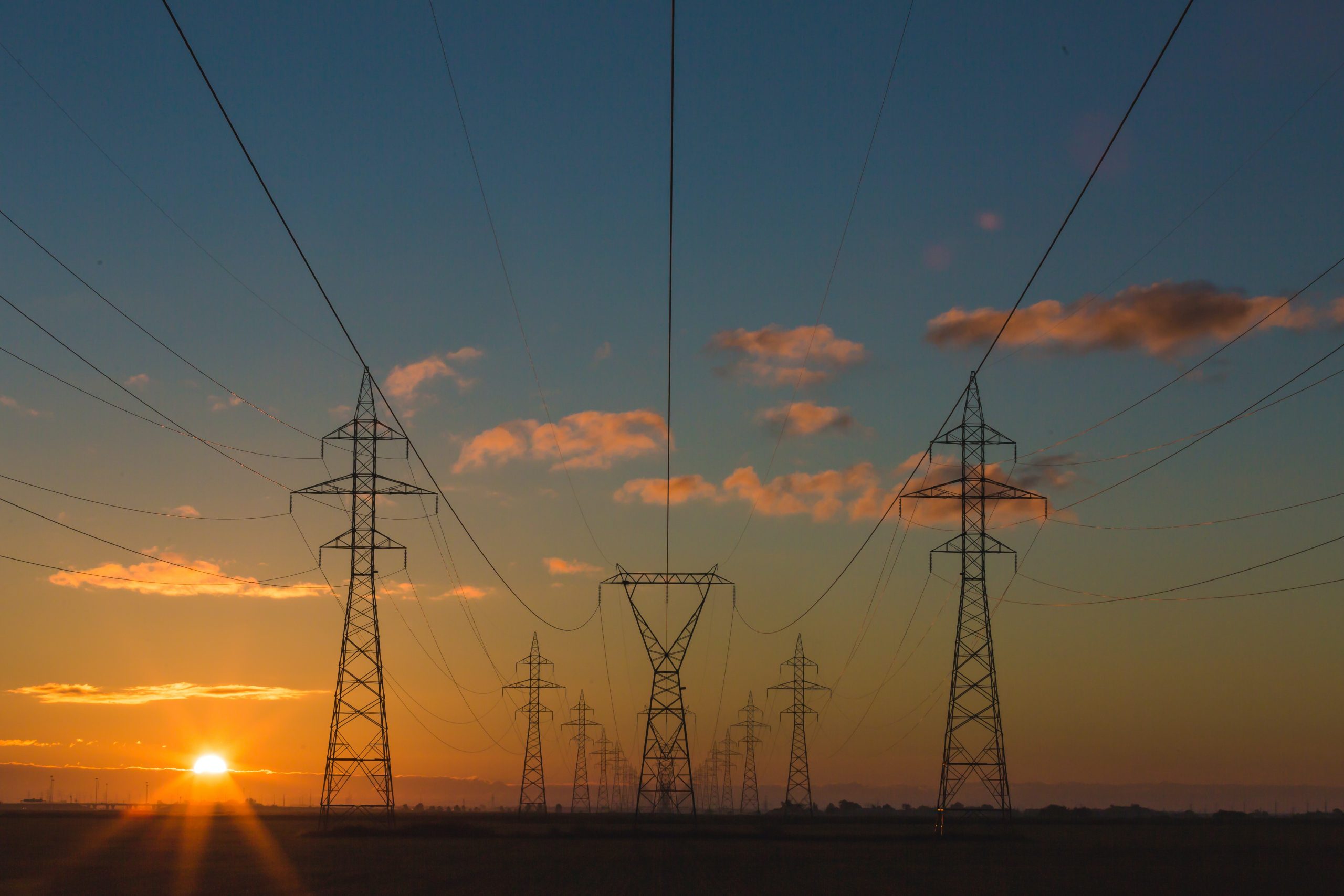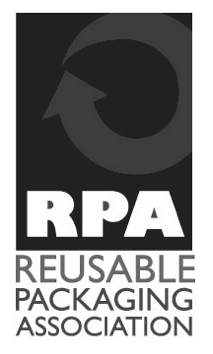Alexandra Witze, ScienceNews.org, August 24, 2023
Grid-forming inverters may be key to integrating more solar and wind energy
From Colorado to Washington, from Ohio to Pennsylvania, coal-fired power plants are shutting down. The United States is on track to retire half of its capacity to generate electricity from coal by 2026. That’s a remarkably fast decline from coal’s peak in 2011 — and a major step in the shift to clean energy and the fight against climate change.
But there’s a surprising downside to retiring big, old power plants. These plants help maintain the power grid’s stability. As more of them go offline, something else must step up to do that job.
An electrical grid is a complex network involving systems that produce power, like a nuclear power plant or a wind turbine, and systems that store and transmit power, like batteries and transmission lines. A grid can stop functioning for any number of reasons, such as a tree falling on a power line or a heat wave overwhelming the system’s capacity. In the United States, electricity pulses through the grid like a heartbeat at a standard frequency of 60 hertz. That frequency can shift if demand increases beyond supply or if something in the system like a large generator goes offline. Even a small interruption in that 60-hertz heartbeat can cause ripple effects that the grid struggles to recover from.
Large power plants are designed to help the grid be resilient to these ripple effects. The inertia of their spinning generators buys time in the event of an unexpected power outage, and they continuously adjust their power output based on the frequency in the grid, keeping everything stable. But a power grid that incorporates large amounts of renewable energy, such as from wind turbines and solar panels, works very differently. It relies on devices known as inverters to convert the direct current, or DC, electricity produced by wind and solar facilities into alternating current, or AC, electricity for the grid. And renewable energy systems involving inverters don’t behave like traditional power plants do. “We’re dealing with a completely different physical system,” says Patricia Hidalgo-Gonzalez, an electrical engineer at the University of California, San Diego.








